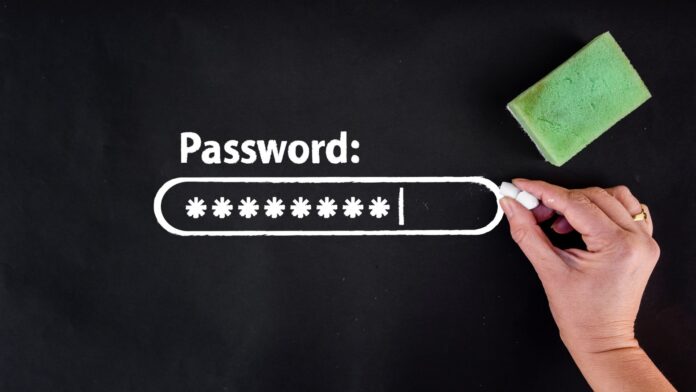In today’s digital world, online threats are more sophisticated than ever. Cybercriminals are constantly devising new ways to exploit unsuspecting users, from phishing emails to fraudulent websites. One of the most effective defenses against these threats is anti scam software. However, simply installing this software isn’t enough. To maximize protection, users must follow these practices for using anti scam software effectively.
1. Choose Reputable Anti Scam Software
The first step in protecting yourself is selecting trustworthy anti scam software. Not all programs are created equal—some claim to provide security but may lack essential features or, worse, contain malware themselves. Look for software that offers real-time protection, regular updates, and high detection rates. Reading reviews and checking independent lab test results can help identify reliable solutions.
2. Keep the Software Updated
Cyber threats evolve constantly, and so must your defenses. Developers regularly release updates to their anti scam software to address new scams and vulnerabilities. Enabling automatic updates ensures you are always protected against the latest threats. Ignoring updates can leave your system exposed to attacks that newer versions of the software are designed to prevent.
3. Enable Real-Time Protection
Many anti scam programs offer real-time protection, which actively scans your system for suspicious activity. Activating this feature is crucial because it can detect scams as they happen, preventing you from inadvertently sharing personal information or downloading malware. Real-time monitoring acts as an immediate shield, catching threats before they can cause harm.

4. Use Multi-Layered Security
While anti scam software is essential, it should be part of a multi-layered security approach. Combine it with firewalls, secure browsers, and strong password management. Additionally, consider enabling two-factor authentication (2FA) on accounts whenever possible. Layered security reduces the chances that a single vulnerability will compromise your personal data.
5. Regularly Scan Your System
Even with real-time protection enabled, periodic manual scans are important. Full system scans can identify dormant threats or malware that may have slipped through initial defenses. Schedule scans weekly or at a frequency recommended by your anti scam software provider to ensure comprehensive protection.
6. Educate Yourself About Scams
No software can replace user awareness. Stay informed about common scams, such as phishing emails, fraudulent online offers, and fake websites. Knowing what to look for enhances the effectiveness of your anti scam software. When suspicious activity is detected, you will be better prepared to respond appropriately.
7. Configure Alerts and Notifications
Most anti scam software allows you to customize alerts for potential threats. Set up notifications so that you are immediately informed of suspicious activity. Timely alerts allow you to take action quickly, reducing the likelihood of data theft or financial loss.
8. Avoid Over-Reliance on Software
Finally, remember that software is a tool, not a guarantee. While anti scam software significantly reduces your risk, combining it with safe browsing habits and careful online behavior is critical. Avoid clicking unknown links, sharing personal information unnecessarily, and downloading files from untrusted sources.
Conclusion
Using anti scam software effectively requires more than just installation. By choosing reputable software, keeping it updated, enabling real-time protection, and adopting complementary security practices, users can significantly enhance their online safety. Coupled with education and cautious behavior, these practices provide a robust defense against the growing number of online scams. Protecting yourself online is an ongoing effort, but with the right approach, your digital presence can remain secure and scam-free.


